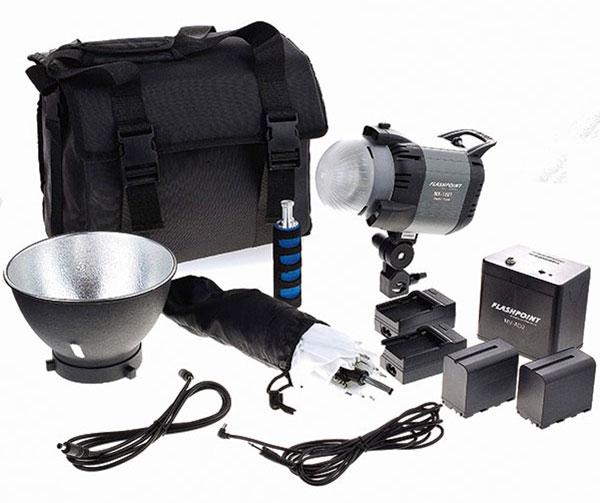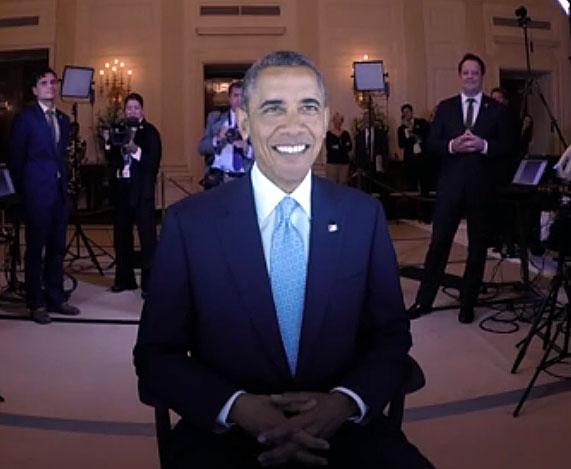Lighting News
Sort By: Post DateTitle Publish Date
|
Jan 31, 2019 |
|
Apr 29, 2014 |
First Published: Mar 01, 2014 |
|
May 23, 2022 |
|
Apr 17, 2018 |
|
Jan 01, 2009 |
|
Oct 07, 2014 |
|
Nov 15, 2012 |
First Published: Oct 01, 2012 |
|
Dec 03, 2014 |
|
Oct 01, 2009 |
|
Apr 23, 2013 |
First Published: Mar 01, 2013 |
|
Nov 01, 2010 |
|
Oct 25, 2012 |
First Published: Sep 01, 2012 |
|
Apr 02, 2013 |
First Published: Mar 01, 2013 |
|
Nov 01, 2010 |
|
Apr 10, 2012 |
First Published: Mar 01, 2012 |






 One of the first lighting kits I ever owned was a set of Smith-Victor Adapta-Lights that had screw-base sockets for photoflood lamps. Son of a gun, the company still offers Adapta-Lights as an entry-level solution for beginning portrait photographers who want to work with hot lights. On the other hand, if you prefer making portraits using electronic flash, Smith-Victor’s three-light FL700K Strobe Light Kit may be just what you’re looking for.
One of the first lighting kits I ever owned was a set of Smith-Victor Adapta-Lights that had screw-base sockets for photoflood lamps. Son of a gun, the company still offers Adapta-Lights as an entry-level solution for beginning portrait photographers who want to work with hot lights. On the other hand, if you prefer making portraits using electronic flash, Smith-Victor’s three-light FL700K Strobe Light Kit may be just what you’re looking for.






 “Lighting is really common sense and personal observation. This is applied to a few rules of photography which cannot be broken and to others which I tend to bend a little.”—Paul Beeson
“Lighting is really common sense and personal observation. This is applied to a few rules of photography which cannot be broken and to others which I tend to bend a little.”—Paul Beeson
